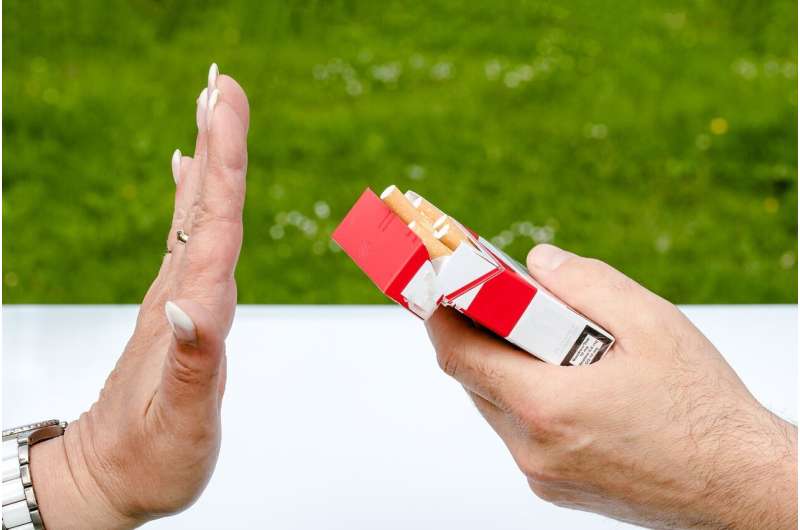Advances in Respiratory Research: Using Human iPS Cell-Derived Organoids to Model Viral Infections and Evaluate Treatments

Scientists have developed innovative respiratory organoids derived from human induced pluripotent stem (iPS) cells, opening new avenues for studying respiratory viruses such as respiratory syncytial virus (RSV). These organoids closely mimic the human respiratory tract, featuring various cell types akin to those in actual human tissue. A recent study led by Professor Kazuo Takayama at Kyoto University demonstrates that these organoids can be effectively infected with RSV, resulting in high viral replication and cellular responses similar to those observed in humans.
RSV is a significant pathogen, especially impacting young children, leading to severe respiratory illnesses. Traditional research models, such as cell lines like HEp-2, fall short in replicating the complexity of human respiratory responses. The introduction of these organoids provides a more accurate in vitro model to study viral behavior, immune responses, and potential treatments.
The study revealed that upon RSV infection, the organoids exhibit damage to the epithelial layer, increased collagen deposition, and elevated levels of inflammatory cytokines like IL-8 and IFN-γ. These findings highlight the organoids' capability to replicate the inflammatory environment seen in actual infections. Importantly, the research found that monoclonal antibodies such as nirsevimab and palivizumab, which target the RSV F protein, effectively inhibited virus replication within this model. Conversely, ribavirin, a drug previously used to treat RSV, showed limited effectiveness, emphasizing the need for improved antiviral therapies.
Furthermore, advanced techniques like RNA sequencing allowed researchers to analyze the host’s immune response, revealing activation of interferon signaling pathways and innate immune responses consistent with human infections. The versatility of this model enables detailed investigation of cellular interactions, immune responses, and the efficacy of therapeutic agents.
The use of human iPS cell-derived respiratory organoids represents a significant step forward in respiratory virus research. It provides a powerful platform for testing vaccines, antiviral drugs, and antibody treatments under conditions that closely resemble the human respiratory environment. Future enhancements may include incorporating immune cells such as T lymphocytes and neutrophils to better simulate severe inflammatory responses.
This research underscores the potential of these organoids as a new standard in studying respiratory viruses, ultimately accelerating the development of effective treatments and preventive measures against respiratory diseases.
Stay Updated with Mia's Feed
Get the latest health & wellness insights delivered straight to your inbox.
Related Articles
New Neural Pathway Insights Offer Hope for Treating Nicotine Withdrawal in Mice
Innovative research uncovers a neural pathway linked to nicotine withdrawal symptoms in mice, opening new prospects for addiction treatment strategies.
Regular Exercise Outperforms GLP-1 Medication in Reducing Heart Attack and Stroke Risks Post-Weight Loss
Regular physical activity after weight loss offers greater cardiovascular protection than glp-1 medications, reducing inflammation and improving arterial health to lower heart attack and stroke risks.
Adapting Healthcare for Older Adults During the Prolonged COVID-19 Pandemic
Insights into how Japan's elderly population adapted to healthcare challenges during the extended COVID-19 pandemic highlight the importance of flexible healthcare strategies to ensure continued access and reduce disparities among vulnerable groups.
Innovative Synthetic Molecule Reduces Visceral Fat and Boosts Sleep Quality
A groundbreaking study reveals that the synthetic peptide Pep19 effectively reduces visceral fat and improves sleep quality in obese adults, with no adverse effects, offering new hope for metabolic health treatments.



